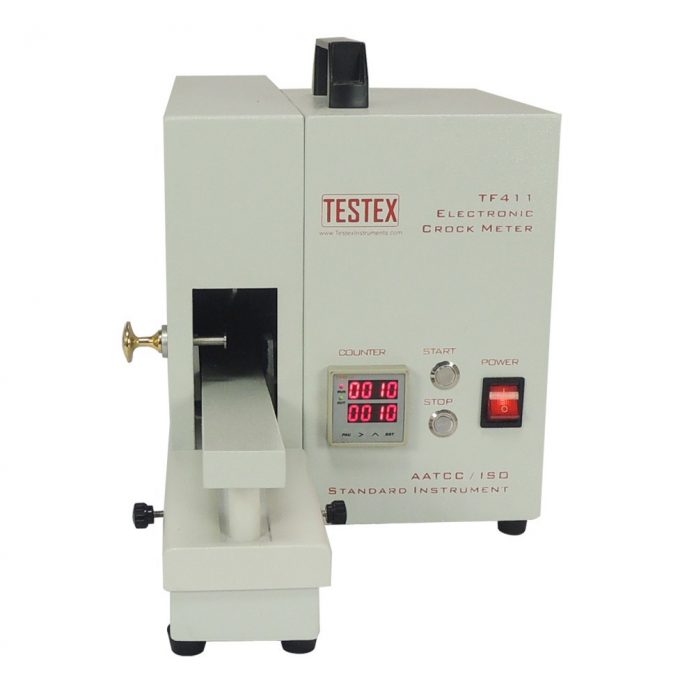The textile industry has, over the last couple of years, experienced tremendous advancements. Every now and then, there are new fashion trends that emerge. To ensure that the fabrics that are produced are of high-quality, the manufacturers need to invest in machines such as the TESTEX crock tester. This will ensure the endless supply of superior textile products in the market.
No manufacturer would survive the market if they only offered low-quality fabrics. To make sure that you get the best quality of the fabric, here are some of the factors that you should focus on:
- Colorfastness
- Yarn count
- Button snap strength
- The smoothness of the fabric
- GSM (grams per square meter) of a fabric

The colorfastness of a fabric
Testing the colorfastness of a fabric is mandatory since a running color can be allergic and in some cases, dangerous. Measuring the colorfastness of a fabric is a way of gauging the quality of a fabric. It tells you how the garment will behave when exposed to rubbing, perspiration, and sunlight.
Crockmeters
Crockmeters are used to efficiently measure the colorfastness of a fabric by checking the colors of the dyed fabric. These machines test the color quality of the fabrics in the textile processing industries, export houses, and buying houses.
An electronic counter is fitted inside the crockmeter and features pre-determined strokes of up to 999,999 times. While the rubbing stroke is 104mm, the rubbing head is 16mm. The accessories of a crockmeter include:
- Two rigs
- Two sandpapers
- A single box of AATCC rubbing clothing.
The crockmeters are widely used since they’re quite easy to operate and give pretty accurate results. Their prices are also very competitive.
The Different Types of Crockmeters
Crockmeters can be categorized into:
- Manual crockmeters
- Motorized crockmeters

Analysis using industrial standards
The crockmeter is used to determine the colorfastness of a fabric to wet or dry rubbing. The colorfastness levels are often poorer in printed fabrics.
Usually, a standard white cloth is attached to the friction head in the crocking test and the fabric rubbed multiple times. The rubbing produces friction that makes it possible to test colorfastness. The level of colorfastness is calculated by assessing the transferring of the color sample.
The standards that are used to test the colorfastness are:
- Dry friction
Even though the analysis method that is used does not affect the end results, this method is generally better than the wet friction method.
- Wet friction
This method involves exposing the fabric to the light color before you get started. Better levels of colorfastness are obtained using the wet friction method.
For this method, the control time that is required for the humidity is about 4 hours. The different types of water used for wet friction are distilled water and ionized water.

Comparing the colorfastness of different fabrics
The comparison is done using the rubbing fastness tester in which the friction head vertical pressure is 9N. The warp or weft direction of the sample is supposed to be consistent in the running direction of the rubbing head by the rub test machine.
When running, the rubbing direction of the crockmeter should be parallel to the direction of the rubbing fabric.
Final word
It is very important for manufacturers to test the colorfastness of a fabric according to the set standards in their country. They, therefore, require a crockmeter to inspect the textile quality and be compliant with the laws.
The poor quality of a certain dye can, to different degrees, harm the skin. The set standards are aimed at regulating the colorfastness of home-made dyes. As a result, the potential dangers of the dyes are minimized.











